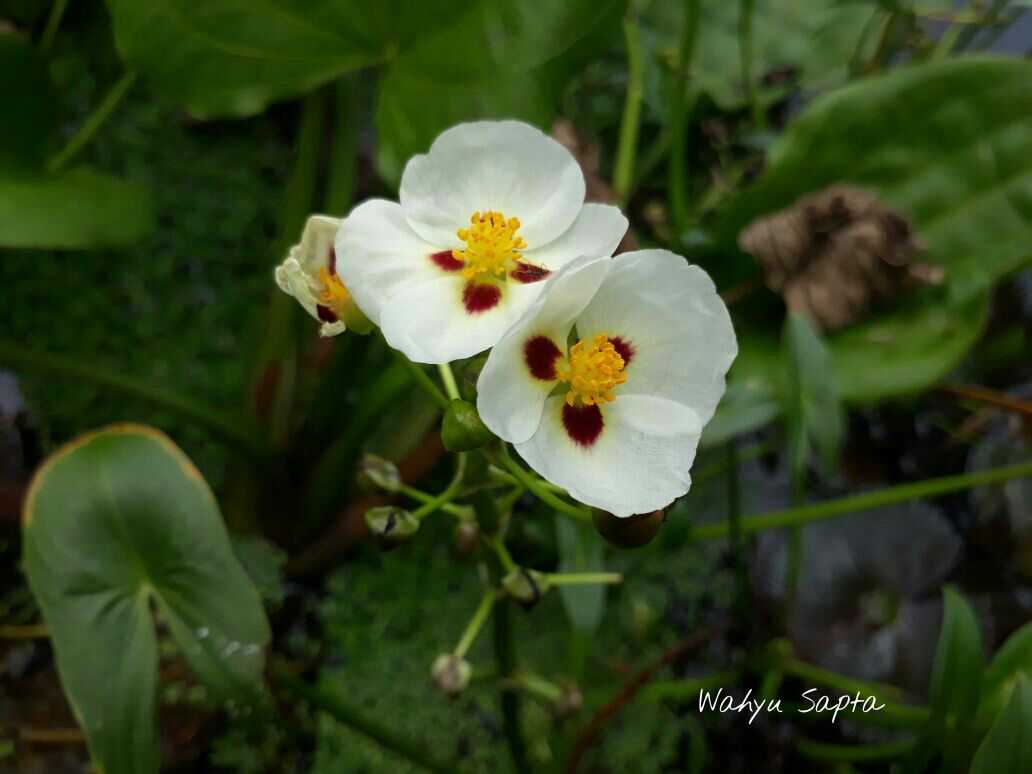

Spines can be soft or rigid, straight or curved, arranged in rows or scattered. They have waxy substance on the surface which prevents loss of water via transpiration (loss of water through small holes when outer temperature is high). Cacti can be green, bluish or brown-green in color. Surface can be flat or covered with ridges. Cactus can have arborescent (tree-like), cylindrical, rounded, irregular or starfish shape. Smallest species usually have only few inches in height. Largest species of cactus can reach 66 feet in height and weigh up to 4800 pounds (when it is fully loaded with water).


Certain species are listed as endangered, but luckily, trade of most species of cacti is prohibited by law. Over collecting and habitat loss are major threats to the survival of cacti in the wild. Due to their attractive morphology, cacti can be found throughout the world today. Almost all cacti are native to deserts and dry regions of South and North America. There are around 2000 different species of cactus that differ in size, shape, color and type of habitat.
#TEXT BAHASA INGGRIS TENTANG TANAMAN SKIN#
Size of the fruit and color of the skin depends on the variety. Mango develops egg- or kidney-shaped fruit covered with smooth skin. Flowers of mango are pollinated by wind or by insects such as different types of flies, moths and butterflies. Individual flowers are part of branched inflorescence. Mango develops small, white or pink flowers that consist of 5 petals. Root is designed to absorb water and nutrients from the well drained sandy soils. Mango has strong root that grows 20 feet deep into the ground.

They are dark green in color and alternately arranged on the branches. Mango tree is tall, evergreen plant that can reach 115 to 130 feet in height. Certain cultures use mango as a part of wedding and religious ceremonies. According to the legend, Buddha meditated in the shadow of the mango tree. Majority of mango varieties are cultivated in India, where mango represents sacred fruit. People created over 400 varieties of mango via selective breeding. It is cultivated in numerous countries in the tropical and subtropical regions of the world. Due to its rich aroma and high nutritional value, mango is very popular and often consumed worldwide. This plant originates from south Asia where it represents an integral part of human diet for 5000 years already. Even though they do not look alike, pistachio and cashew are the closest relatives of mango. Mango is a flowering plant that belongs to the family Anacardiaceae.


 0 kommentar(er)
0 kommentar(er)
